Dive Details
Location
Date
Sunday 24 May 2015
Time
9:02am - 10:11am
Details
After another couple of days of rough seas in Sydney it was not going to be great conditions at The Leap for my mandatory weekend dive. There was a 2 metre south-south-easterly swell which is not too bad for Kurnell but also a secondary easterly swell that causing the occasional large sets of waves to hit The Leap. I just had to time between these sets for my entry down the wall next to the low platform.
Once successfully in, I descended and headed to the sand line at around 60° reaching the south-eastern end of the amphitheatre. Visibility here was 3 to 5 metres and there was a lot of surge.
I swam to Pygmy Rock and started my pygmy search in the same spot I'd last seen a pygmy pipehorse two weeks ago. I found one, probably the same one, in the same spot almost immediately. The surge made it a bit tricky to photograph but I got a couple of good shots.
I then searched the rock for others when I spied a sea spider (pycnogonid) on a sponge. I had seen sea spiders at The Leap before but never out in the open like this one. Again, the surge increased the photography degree of difficulty.
I headed towards Seahorse Rock. Along the way I found two weedy seadragons. One which I have seen a number of time since the end of last year and another which I don't believe I have seen previously.
When I reached Seahorse Rock I did a sweep looking for new or relocated seahorses but found none. I knew that "Rosie" was all the way down at The Monument but "Pierre" was still missing in action. I saw no seahorses on or around Seahorse Rock.
I continued on towards The Steps. While swimming over one of the large low sponge covered rocks I was pleasantly surprised to see a male pot-bellied seahorse. On closer inspection it looked a lot like "Pierre" (and was confirmed to be "Pierre" once I checked my photos). While "Rosie" was 60-800 metres from where she started, "Pierre" had only travelled 20 metres or so. It is great he's still around. I wonder if he'll move on in search of a female.
I swam on to Seadragon Alley. Here I found 4 more weedy seadragons, three I had seen before, including the juvenile from 2 weeks ago and the one with the wavy body that has been around for some time. The other appears to be a new one I haven't seen before.
I was starting to get low on air so after Seadragon Alley I headed up to the top of the reef and continued on past the shallow basket star. I then headed up to the boulders and did my safety stop while swimming to the exit.
I got out at The Steps which was only a small challenge getting my timing right between the easterly sets.
Seas
Surgy
Visibility
2 to 5 metres
Duration
68 minutes
Maximum depth
21.6 m
Average depth
16.2 m
Water temperature
18.3°C
Dive Profile from Citizen Hyper Aqualand

Tides at Botany Bay AEST
Note that tides at dive site may vary from above location.
High
12:15am
1.63m
Low
7:09am
0.56m
High
1:17pm
1.30m
Low
6:46pm
0.80m
Camera gear
Camera
Nikon D7000
Lens
Nikon AF Micro-Nikkor 60mm f/2.8D
Housing
Ikelite 6801.70
Lens port
Ikelite Flat Port 5502.41
Strobe
2 x Ikelite SubStrobe DS161
Photographs
Depth information, where present, indicates the depth of the camera when the photograph was taken and can be used to approximate the depth of the subject.

Sydney pygmy pipehorse, Idiotropiscis lumnitzeri. 20.8 m.
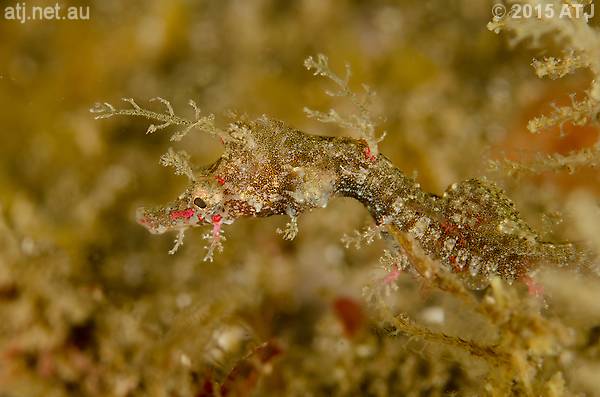
Sydney pygmy pipehorse, Idiotropiscis lumnitzeri. 20.5 m.
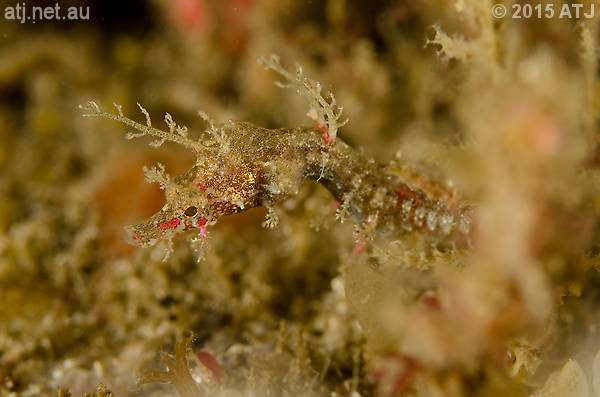
Sydney pygmy pipehorse, Idiotropiscis lumnitzeri. 20.6 m.
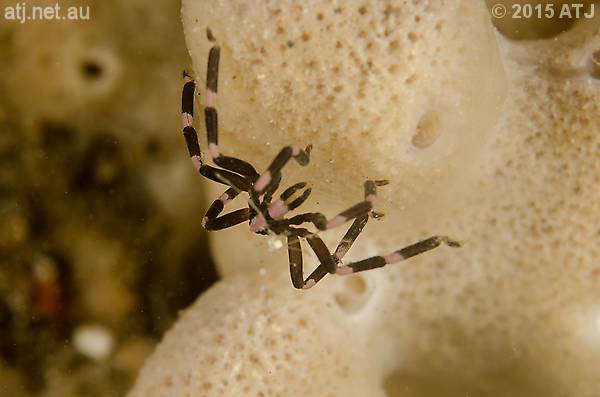
Sea spider (pycnogonid). 20.7 m.
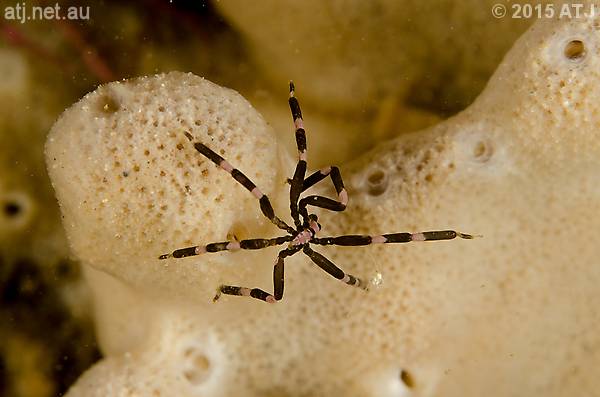
Sea spider (pycnogonid). 20.9 m.
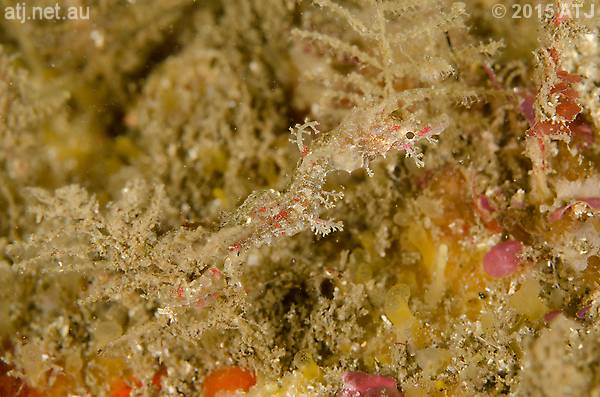
Sydney pygmy pipehorse, Idiotropiscis lumnitzeri. 20.7 m.
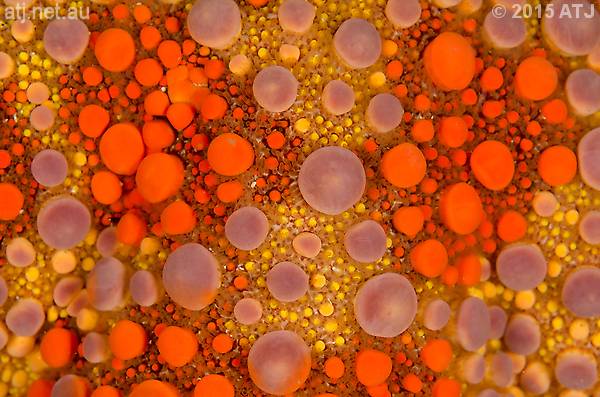
Sea star macro, Asterodiscides truncatus. 20.1 m.
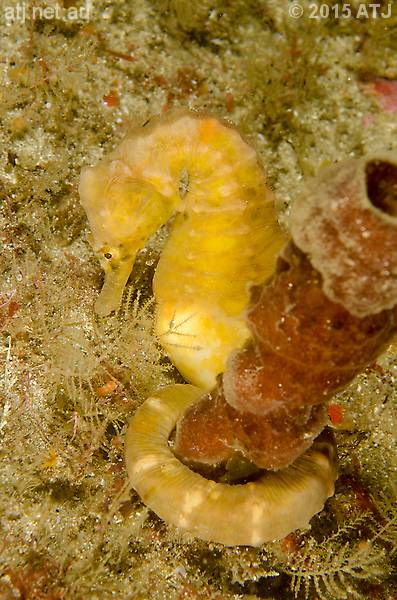
Male pot-bellied seahorse, Hippocampus abdominalis, ("Pierre"). 19 m.

Male pot-bellied seahorse, Hippocampus abdominalis, ("Pierre"). 19.3 m.
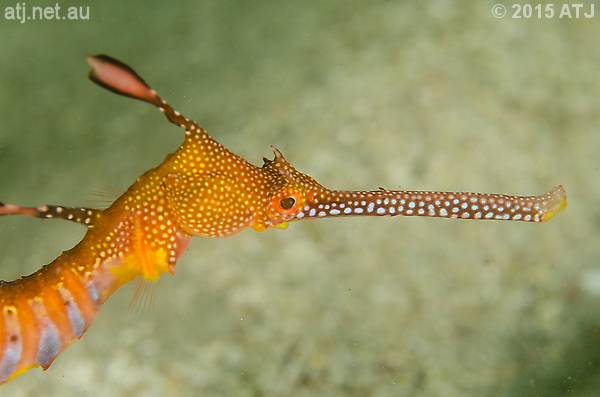
Weedy seadragon, Phyllopteryx taeniolatus. 14.8 m.
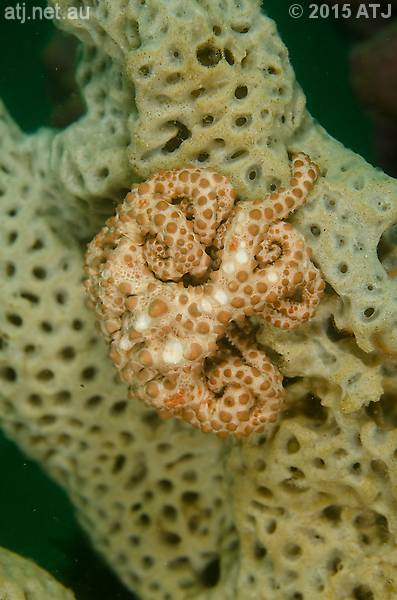
Basket star, Astrosierra amblyconus. 10.2 m.